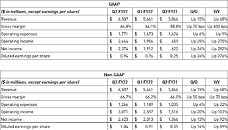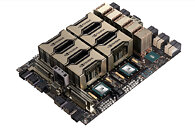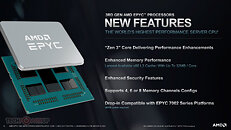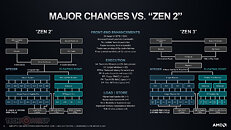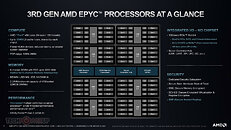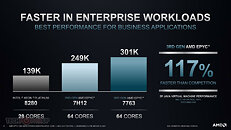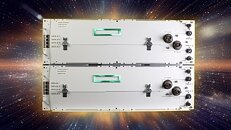NVIDIA has recently reported its Q4 earnings, and the earnings call following the report contains exciting details about the company and its plans to open up to new possibilities. NVIDIA's CEO Jensen Huang has stated that the company is on track to become an AI-as-a-Service (AIaaS) provider, which technically makes it a cloud service provider (CSP). "Today, I want to share with you the next level of our business model to help put AI within reach of every enterprise customer. We are partnering with major service -- cloud service providers to offer NVIDIA AI cloud services, offered directly by NVIDIA and through our network of go-to-market partners, and hosted within the world's largest clouds." Said Mr. Huang, adding that "NVIDIA AI as a service offers enterprises easy access to the world's most advanced AI platform, while remaining close to the storage, networking, security and cloud services offered by the world's most advanced clouds. Customers can engage NVIDIA AI cloud services at the AI supercomputer, acceleration library software, or pretrained AI model layers."
In addition to enrolling other CSPs into the race, NVIDIA is also going to offer DGX machines on demand in the cloud. Using select CSPs, you can get access to an entire DGX and harness the computing power for AI research purposes. Mr. Huang noted "NVIDIA DGX is an AI supercomputer, and the blueprint of AI factories being built around the world. AI supercomputers are hard and time-consuming to build. Today, we are announcing the NVIDIA DGX Cloud, the fastest and easiest way to have your own DGX AI supercomputer, just open your browser. NVIDIA DGX Cloud is already available through Oracle Cloud Infrastructure and Microsoft Azure, Google GCP, and others on the way."























